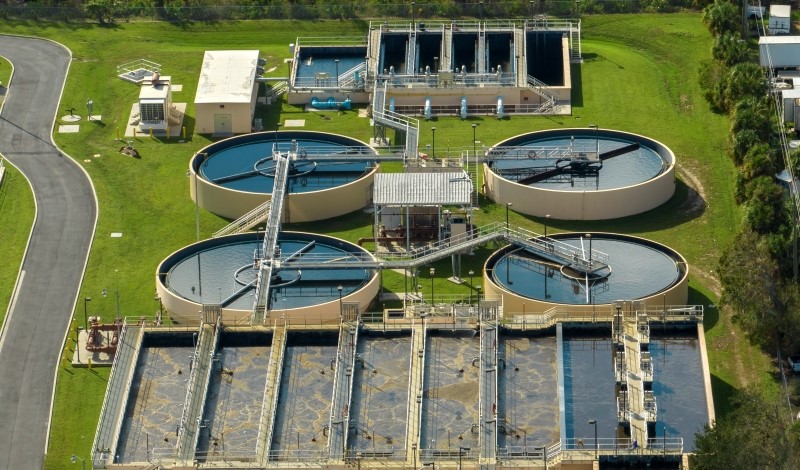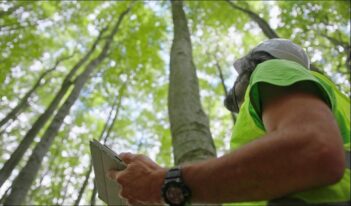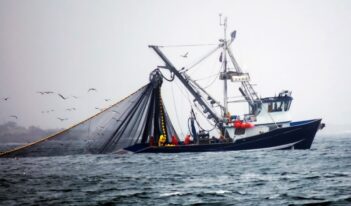
Scholars study the tradeoffs of sustainable wastewater management and avian biodiversity.
The United Nations adopted its ambitious plan to change world nearly a decade ago. The 2015 Sustainable Development Goals (SDGs) aspire to provide “peace and prosperity for people and the planet, now and into the future.” Among these goals are the environmentally safe management of wastewater and the protection of biodiversity.
But what happens when achieving one goal threatens the accomplishment of another? In their forthcoming article, Khaled Noby, Ignas Heitkönig, Erwin Bulte and Marc Naguib of the Netherlands’s Wageningen University & Research discover that more sanitary wastewater management practices directly decrease avian biodiversity—the variety of bird species in the environment—and try to offer solutions.
To manage conflicting SDGs, the Noby team emphasizes the need for balanced regulations that do not promote resource efficiency—such as reducing wasted water—at the expense of biodiversity. Instead, Noby and his coauthors recommend that wastewater management strategies support ecological health and social benefits equally.
SDG 15, titled Life on Land, advocates policies that protect terrestrial ecosystems and halt biodiversity loss. Ecologists and conservationists focused on SDG 15 are particularly concerned about avian biodiversity because nearly half of all bird species are in decline, and one in eight are threatened with extinction.
The Noby team explains that millions of birds rely on wetlands as stopover sites for annual migration and breeding cycles. Consequently, they note that a related concern to the loss of avian biodiversity is that 50 percent of natural wetlands have disappeared over the last century. As a result, avian biodiversity increasingly relies on artificial wetlands, such as wastewater treatment plants (WTPs), Noby and his coauthors explain. But in accordance with SDG 6, titled Clean Water and Sanitation, developers have made significant innovations to WTPs to optimize water reuse and conservation, the Noby team notes.
Noby and his coauthors explain that WTPs apply three levels of wastewater treatment to municipal sewage. Primary WTPs use mechanical filtration systems that require several permanent artificial ponds as part of the treatment process. Secondary WTPs use biological filtration systems that occasionally result in the creation of temporary artificial ponds. Finally, tertiary WTPs do not require any open air exposure, so no artificial ponds are created.
The Noby team further categorizes WTPs based on whether they have an unmanaged pond created by water spill-over. Noby and his coauthors identify WTPs without spill-over ponds as the most effective type for recycling water for human and agricultural use. The number and distribution of the differing levels of WTPs varies widely across the world, but most nations plan on upgrading their primary WTPs to secondary or tertiary ones without spill-over ponds, the Noby team explains. As a result, Noby and his coauthors note that in the future, there could be fewer open air water sources serving as artificial wetlands.
Looking specifically at the trans-African migration flyway along the Nile, Noby and his coauthors sought to determine more specifically the link between WTPs and avian biodiversity. They explain that for successful migrations, birds need suitable wetlands dispersed along the flyway. For this reason, artificial wetlands and WTPs are most important in arid climates where natural wetlands are scarce.
The Noby team conducted a cross-seasonal bird census in 25 primary and secondary WTPs and assessed three metrics: bird abundance, or the total number of birds; species richness, or the number of different species present; and species diversity, which is a calculation based on abundance and richness. Noby and his coauthors found that all three metrics were significantly influenced by WTP type, with advanced WTPs without a spill-over pond having the worst performance across all seasons.
The Noby team notes that the bird abundance and species richness across the 25 studied WTPs meet the National Audubon Society’s Important Bird Area criterion, which designates geographic areas that birds depend on. Noby and his coauthors argue that this designation demonstrates the importance of Egypt’s 400 WTPs for supporting significant amounts of bird populations. In particular, the Noby team found that many threatened species, such as eagles, preferred WTPs with the more naturalistic ponds created from spill-over. These findings highlight how removing spill-over ponds would significantly reduce important bird habitats, Noby and his coauthors explain.
For these reasons, the Noby team recommends that wastewater managers adopt policies to equally prioritize the ecological health of the environment, human use, and water conversation. Although WTPs without spill-over ponds are best for recycling water and advancing sanitation goals, they offer fewer habitats and undermine avian biodiversity, Noby and his coauthors warn.
To harmonize these conflicting SDGs, the Noby team emphasizes the need for regulations that balance resource efficiency and biodiversity. They suggest that nations maintain a diversity of WTP types across regions and that they incorporate these diverse WTPs into urban planning and management strategies to maximize wastewater efficiency, bird abundance, and species richness. Noby and his coauthors further recommend that legislators adopt policies that maintain the natural water bodies to sustain vegetation and wildlife—especially in landscapes without nearby wetlands. Maintaining natural waters will enable WTPs to contribute actively to the conservation of avian biodiversity, the Noby team proposes.
Looking to the future, Noby and his coauthors advocate additional scholarship on the effect of WTP types on avian biodiversity through a series of studies. First, they suggest studies on potential technological advancements in wastewater treatment methods that are both efficient and environmentally stable to synergize human needs and ecological impacts. Second, they encourage repeat studies and studies of more geographic areas to broaden the scope of the research. Finally, the Noby team recommends studies that monitor the toxicity of spill-over ponds to ensure they are kept safe for birds and humans alike.



